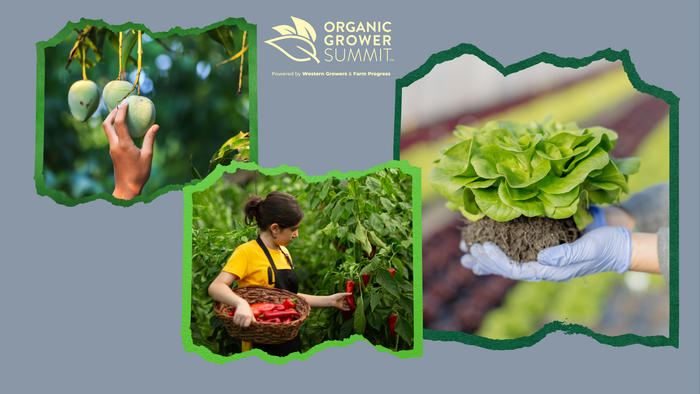What brands should know before going organic
Three intelligent tips from a brand that’s been there.

On June 6, 2018, SmartyPants Vitamins launched its organic line, including Prenatal, Toddler, Kids, Men’s and Women’s formulations. The line includes probiotics to support normal digestion, vegetarian omega-3s derived from flaxseed oil, vitamin D3 to support bone health, B vitamins for energy and zinc to support healthy immune function.
“Almost from the day we released our first product, we have been fielding requests for a vegetarian version of our multifunctional supplements,” says Clay Nichols, brand senior vice president. “In addition, we always want SmartyPants Vitamins to be top shelf in the category, and that means organic. Developing a vegetarian organic line was a clear imperative to our brand.”
But it wasn’t a launch without challenges. Here’s what brands about to take the plunge into organic certification should know:
The market should dictate need
“Make sure an organic product is a match for your distribution,” Nichols says, since some consumers aren’t yet willing to pay the premium that organic supplements call for.
Trial and error is inevitable
It was important for SmartyPants to have an efficacious amount of omega-3s, but it’s also important for the supplement brand that products taste palatable for both adults and children. And because organic ingredients are in shorter supply than conventional ones, it can be a challenge to find the right fit. “Finding the perfect fit for an organic and vegetarian omega-3 source required many iterations and tasting panels,” Nichols says.
It takes time
Because organic ingredients aren’t as readily available as conventional ingredients, Nichols says brands need to allow themselves time to source ingredients that can be certified.
About the Author
You May Also Like

.jpg?width=700&auto=webp&quality=80&disable=upscale)
